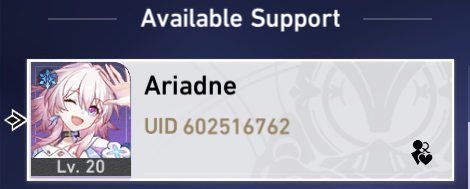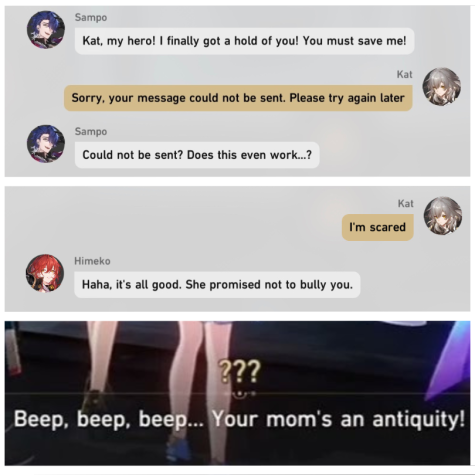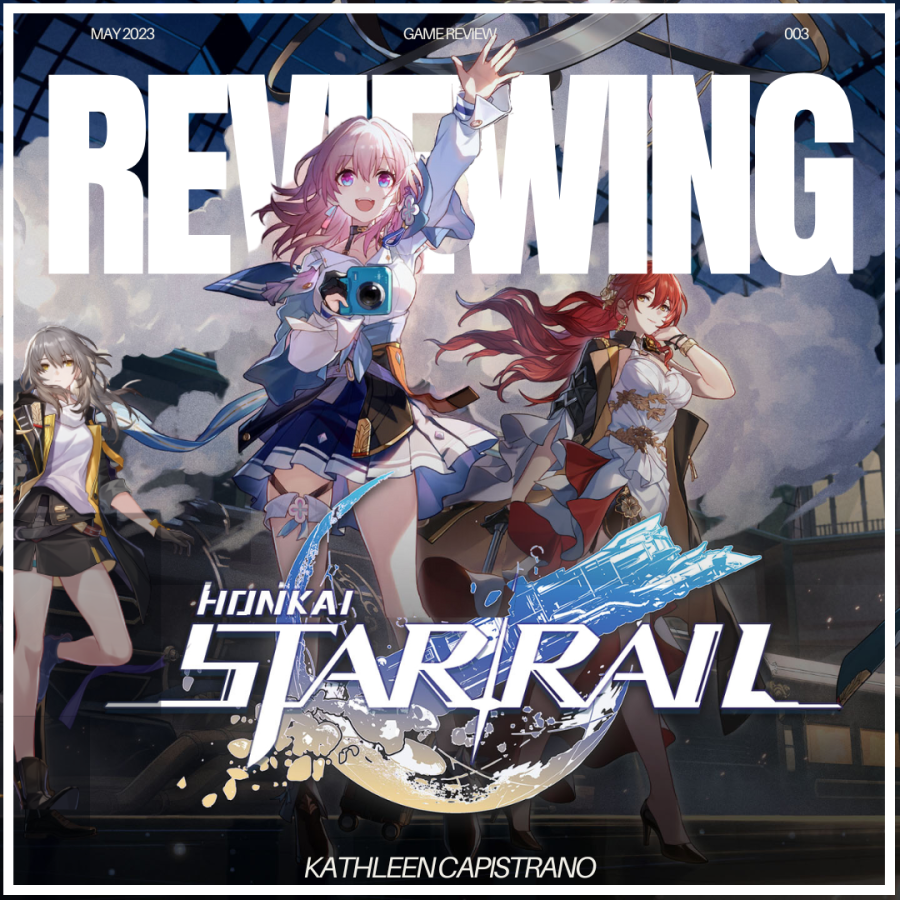Reviewing Honkai: Star Rail
Should you board the express? (some early and mid game spoilers!)
June 9, 2023
On October 5th, 2021, Hoyoverse announced one of their most anticipated works-in-progress, Honkai: Star Rail, a turn-based gacha game.
After releasing its first closed beta test on the 27th, it amassed a massive following almost immediately, with over 20 million downloads on the first day of its global release.
In Honkai: Star Rail, you play as an artificial being brought to life after a mysterious, elusive woman imbues the power of a Stellaron (a cosmic object of power) into you. The story plays out with you, the player, joining a group of four people who follow the path of the Nameless. Together, you board the Astral Express and begin your journey trailblazing a path through countless planets, unknowingly drawing the attention of the Aeons, god-like beings who lead different life paths.
Taking a quick glance at Star Rail’s actual gameplay mechanics, it seems like a ‘downgrade’ compared to some of Hoyoverse’s previous works like Genshin Impact and Honkai Impact 3rd.
With this title, Hoyoverse introduces turn-based RPG gameplay for the first time (which is one of my favorite mechanics.) Like many, I was definitely a little skeptical, unsure of how well Hoyoverse would implement this, but after taking my time and progressing through the game, I think Star Rail brings a fresh, hot new take on the classic turn-based genre.
Just like any classic turn-based game, battles are split up into player and enemy turns. During the player’s turn, you can choose which enemies to target, and which attack to use. Player actions can range from direct, immediate attacks, to damage over time, or buffs and debuffs.
What differentiates Star Rail from other turn-based titles, is the increased level of strategy and interactivity. Rather than a basic mash-and-tap game, Star Rail enemies have both health bars and weakness bars, which must be broken through the use of effective elements in order to do substantial damage. This makes the game challenging enough to keep players engaged, but
not enough to induce rage, which I find, is a balance many games of this genre have struggled to achieve.
“The gameplay is easy to understand, but complicated enough to keep it interesting,” said senior Anna Grace Riegle. “It plays quickly and smoothly, and I love the special attack animations.”
Not to mention, you can send friend requests to other players and use their support characters in your team if you’re missing an element for battle.

In my opinion, Star Rail’s combat mechanic is a 10/10, comparable to even the Persona franchise, which is not a praise I give out often.
Star Rail includes a lot of game mechanics which were already previously introduced in Hoyoverse’s earlier games, which makes it an extremely easy game to transition into, even as a turn-based beginner.
Putting aside the game’s mechanics, and looking at its world-building and design, I believe Star Rail outdoes Hoyoverse’s previous works.
From a highly advanced, futuristic space station to a frozen, steampunk-ish planet; there is so much diversity in Star Rail’s maps.
The game is somewhat ‘open world,’ but planets are divided into multiple area maps where you can use space anchors to teleport around. Each map and planet is extremely detailed in terms of design and overall feel and aesthetic.
My personal favorite planet design is the Xianzhou Loufu, whose storyline and architectural inspiration come from the pre-Qin Dynasty myth of immortality.
This small detail goes to show just how much thought and research went into building such an immaculate storyline and universe.
“To be honest… I barely read the dialogue but the voice acting is fire,” said Riegle.

While a majority of the game’s actual storyline is taken seriously, at times even citing and mentioning real-world research and mythology with dramatic opera music in the background, there is still a plethora of light-hearted dialogue in between which I found funny and downright unserious.
“I love the story, which has very good lore, and also the character designs,” said junior Jovann Sagayno.
In terms of character design, Honkai: Star Rail goes above and beyond.
Riegle shares this sentiment, especially loving March 7th and Dan Heng’s character design.
Each character is designed beautifully, with a myriad of complementary colors, themes, and accessories. Every character has a design perfectly befitting for their personality, and in some cases, their backstories.
“[As for the characters,] their personality really reflects them, like how March is very blunt with the characters in the Jarilo-VI storyline because she already has a lot of trailblazing experience,” said Sagayno.
From an outgoing, happy-go-lucky girl, to an eccentric robot doll, Star Rail’s diversity is definitely not limited to its map design.
“The main character has the personality of a raccoon,” said junior Joshua David. (Referencing an inside joke from the game.)
Overall, I can definitely see Star Rail being one of the most-played free-to-play games in 2023. Not many game releases this year have come close to Star Rail’s stellar design, diversity, and quality. Considering the development for this game is nowhere near finished, and I already love so much of it, I’m sure it will keep me engaged for a while.

